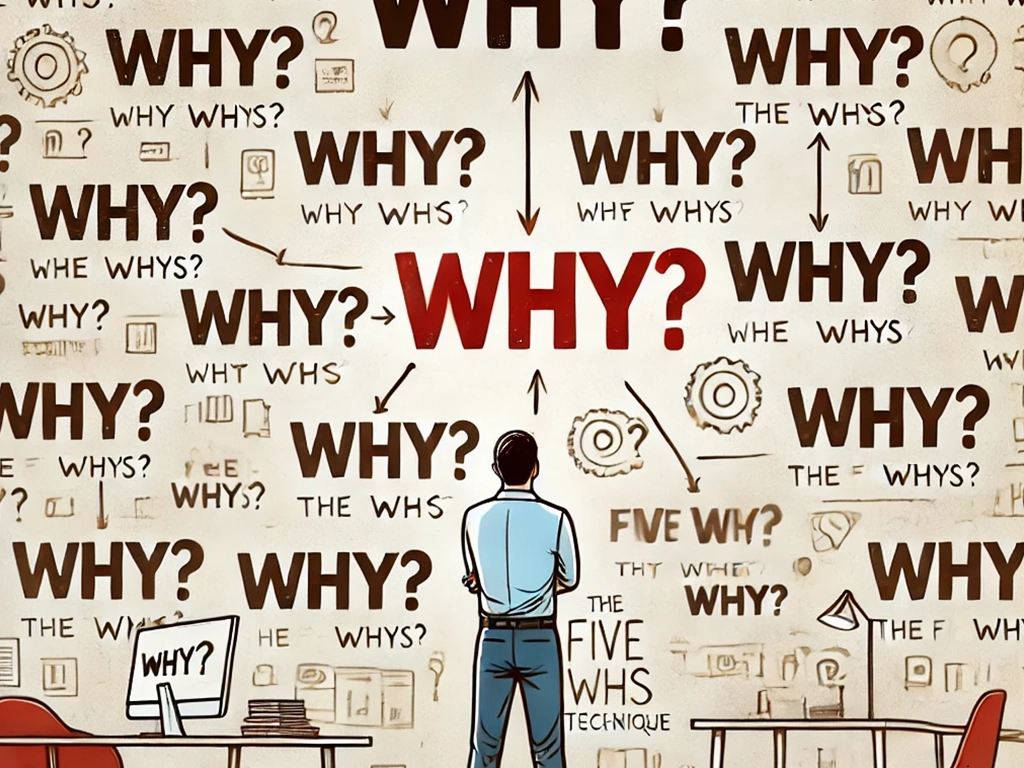Introduction
Journalism thrives on fresh ideas, unique perspectives and innovative storytelling. In a competitive media landscape, journalists must constantly find ways to generate new ideas, overcome creative blocks, and produce engaging content. While technical skills are essential, creativity is the driving force behind impactful stories that captivate readers and viewers alike.
Creative thinking allows journalists to uncover hidden angles, tell stories that put people first, and present facts in an engaging way. It allows reporters to find solutions when access to information is limited and helps create memorable narratives that will remain relevant for years to come. Without creativity, journalism runs the risk of repeating itself and becoming predictable. The use of innovative techniques opens up new avenues of storytelling that inform, inspire, and excite audiences.
In this guide, we explore proven creativity techniques that can help journalists think outside the box, discover new story ideas, and incorporate innovation into their work.
Why creativity is crucial in journalism
Journalists are constantly challenged to produce compelling content. Creativity is essential because it allows journalists to:
- Identify unique angles for common topics.
- Develop thought-provoking investigative reports.
- Find new ways to engage readers with multimedia content.
- Adapt to the fast-paced media landscape and new storytelling formats.
- Overcome creative blocks and avoid repetitive storytelling.
- Stand out from the competition by presenting stories in an original and memorable way.
In today’s digital media landscape, audience engagement is driven by innovation. Readers and viewers are more likely to identify with stories that break with traditional patterns. Creativity helps journalists add emotional depth to their work and make complex topics accessible and digestible. In addition, creative journalists are better able to produce impactful headlines, impactful images, and compelling social media content that generates clicks and shares.
Effective creativity techniques for journalists
1.Mind Mapping for Story Development
Mind mapping is a powerful tool for brainstorming and organizing ideas. It helps journalists:
- Visualize connections between topics and subtopics.
- Identify story angles that might otherwise be missed.
- Plan complex narratives or investigative work with multiple layers.
- Develop alternative leads and intros for their stories.
- Organize interviews, offers, and supporting data into a logical flow.
- Identify key topics that resonate with readers and highlight the social impact.
Mind mapping encourages expansive thinking and allows journalists to freely explore unexpected connections between topics. For example, if you start with a topic like “Artificial Intelligence,” it can expand to areas like work automation, ethical concerns, privacy, and even cultural changes. The visual structure of a mind map ensures that ideas are not only generated, but also categorized and refined.
Here’s how to use mind mapping:
- Start with a central topic or keyword (e.g., “climate change”).
- Branch out with related ideas such as “rising sea levels,” “extreme weather,” or “political influence.”
- Add secondary branches to identify key questions, sources, and potential interviewees.
- Use color coding to highlight connections, topics, or priority points.
- Revise the mind map regularly to expand or refine ideas as your research progresses.
2.The SCAMPER technique
The SCAMPER method is a brainstorming strategy that aims to modify and improve existing ideas. She encourages journalists:
- Replace: Replace elements of a known story (for example, focus on another person, place, or trend).
- Combine: Combine multiple topics or ideas for a fresh perspective.
- Adapt: Modify an existing concept to create new angles.
- Change: Change important elements such as timelines, characters, or positions.
- Repurpose: Find alternative uses for existing content or data.
- Eliminate: Remove unnecessary details to sharpen focus.
- Reorder: Change the order of events or move the narrative structure.
For example, a journalist covering environmental issues might adapt an investigative piece by shifting the focus from global politics to the individual stories of citizens adapting to climate change. Redesigning the flow of a political interview can increase tension and reveal new insights. Combining traditional storytelling with videos, interactive infographics, or visual essays can also offer new ways to tell impactful stories.
3.The Five Whys Technique

By asking “why?” over and over again, journalists can discover deeper insights and new perspectives:
Example:
- Why is youth unemployment rising? → Because fewer young people are entering a trade.
- Why are fewer young people entering a trade? → Because educational trends favor academic degrees.
- Why is there a preference for academic degrees? → Because parents believe that professions offer fewer career opportunities.
- Why do parents believe that professions offer fewer opportunities? → Because university degrees are often portrayed in the media as more prestigious.
- Why is this narrative dominant? → Because funding for vocational education is often lower than for university programs.
By digging deeper, journalists can identify social trends, economic imbalances, and political issues that should be reported. This technique is particularly useful for investigative reporting, as it allows journalists to break away from superficial narratives and gain compelling insights.
4. Observation and immersion

Great ideas for stories often come from direct observation. Journalists can:
- Visit local events, markets, or public places to spot cultural trends.
- Spend time in communities to hear first-hand experiences and concerns.
- Participate in niche meetings or subcultures to uncover hidden stories.
- Observe nonverbal cues during interviews to identify emotions and unspoken problems.
- Explore online communities, forums, and social media discussions to track trending topics.
- Follow new technologies, entertainment and lifestyle trends to discover untapped angles.
Immersion in the environment in which a story unfolds creates empathy and understanding. Observing interactions, cultural norms, and behavioral patterns allows journalists to write more authentic and relatable narratives. By experiencing situations firsthand, journalists improve their ability to translate events into impactful stories.
5. Reverse brainstorming

Instead of finding solutions, reverse brainstorming encourages journalists to think about how to make a situation worse. This technique is useful for identifying errors or gaps in social systems, policies, or businesses – fertile ground for effective reporting.
Reverse brainstorming can also help expose unethical practices, corruption, or social injustice. By examining what could go wrong, journalists gain new perspectives and find compelling stories that hold institutions accountable.
6.Creative Writing Exercises
Journalists can improve their storytelling skills with creative writing techniques, such as:
- Free Writing: Write continuously for 10-15 minutes without judging or editing.
- Prompt-Based Writing: Using creative prompts to develop engaging leads or narrative structures.
- Role reversal: Writing a story from an unusual perspective (such as a witness, victim, or even an object in the scene).
- Writing dialogue: Practice engaging dialogue to improve interview-based storytelling.
- Flash Fiction Exercises: Writing very short stories to practice concise and effective storytelling.
- Sensory writing: Describing scenes with all five senses to create vivid descriptions that captivate the reader.
Inference
Creativity is an important skill for journalists who want to stand out in a fast-paced media landscape. By using techniques such as mind mapping, SCAMPER, and immersive observation, journalists can unleash new ideas, develop unique story angles, and foster innovation.
Journalists who value creativity are better equipped to engage audiences, uncover hidden truths, and produce impactful content that resonates. By combining technical skill with creative thinking, the path to extraordinary storytelling becomes clearer than ever.

